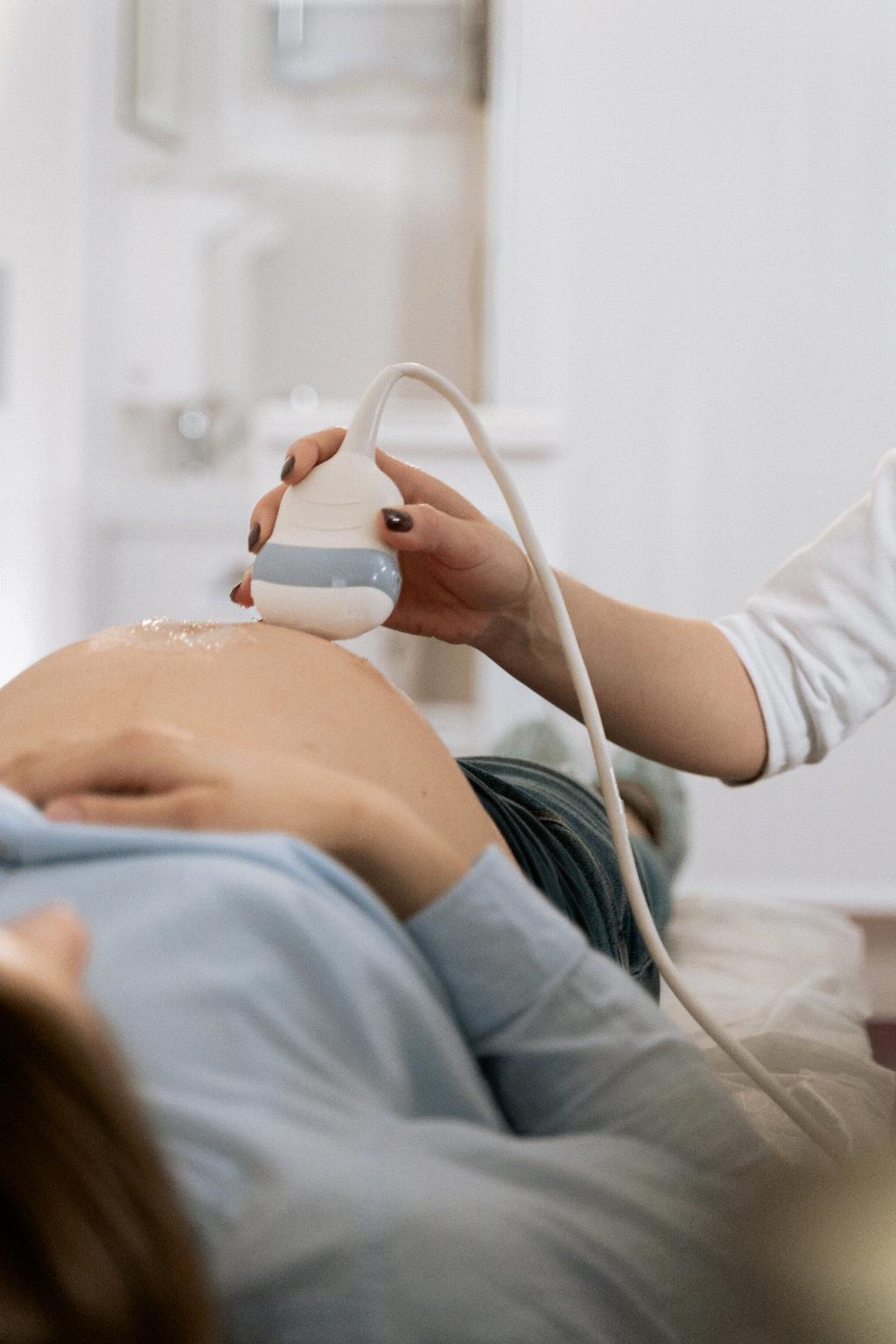One common question that many expecting individuals may have is whether nipples can get crusty during pregnancy. It’s important to note that the body undergoes numerous changes during pregnancy, including hormonal fluctuations that can impact various parts of the body, including the breasts and nipples.
Colostrum and Nipple Health
During the second or third trimester of pregnancy, some pregnant individuals may begin to notice a thick, yellowish fluid known as colostrum leaking from their nipples. This substance is the precursor to breast milk and serves as the initial nourishment for a newborn baby. As colostrum is produced, it is possible for it to dry and form crusts on the nipples.
Factors Contributing to Crusty Nipples
The formation of crusty nipples during pregnancy can be attributed to the composition of colostrum, which is rich in proteins, antibodies, and other nutrients. When this fluid comes into contact with the skin of the nipples, it can dry and harden, leading to the development of crusts.
Normalcy of Crusty Nipples
Experiencing crusty nipples during pregnancy is a relatively common occurrence and is usually not a cause for concern. The changes in the breasts and nipples are part of the body’s natural preparation for breastfeeding, and the presence of colostrum and crusts is indicative of the body’s ability to produce milk.
Managing Crusty Nipples
If you find that your nipples are becoming crusty during pregnancy, there are several measures you can take to manage this. Gentle cleansing with warm water and a mild soap can help remove dried colostrum and prevent further crusting. Ensuring that the nipples are well moisturized can also promote comfort and skin health.
Importance of Skin Care
Proper skin care during pregnancy is essential to maintain the health and comfort of the breasts and nipples. Keeping the skin hydrated with a gentle moisturizer can prevent excessive dryness and cracking, which can contribute to the formation of crusts.
Consulting a Healthcare Provider
If you have concerns about the changes in your nipples during pregnancy, it is advisable to consult with your healthcare provider. They can offer guidance on managing crusty nipples and address any underlying issues that may require attention.
Avoiding Harsh Chemicals
When caring for your nipples during pregnancy, it is important to avoid harsh chemicals or abrasive products that can irritate the skin. Opt for gentle, fragrance-free cleansers and moisturizers to minimize the risk of skin reactions.
Supportive Bras
Wearing a well-fitting, supportive bra during pregnancy can help alleviate discomfort and prevent excessive friction on the nipples. Opt for bras made from soft, breathable fabrics to maintain airflow and reduce the risk of irritation.
Self-Care Practices
In addition to physical care, engaging in self-care practices such as relaxation techniques, mindfulness exercises, and adequate rest can help reduce stress and promote overall well-being during pregnancy. Taking care of your emotional and mental health is just as important as tending to physical changes.
Conclusion
In summary, experiencing crusty nipples during pregnancy is a normal part of the body’s preparation for breastfeeding. Understanding the factors contributing to this phenomenon and implementing appropriate skin care measures can help manage discomfort and promote nipple health. Remember to consult with your healthcare provider if you have any concerns or questions regarding changes in your breasts and nipples during pregnancy.

